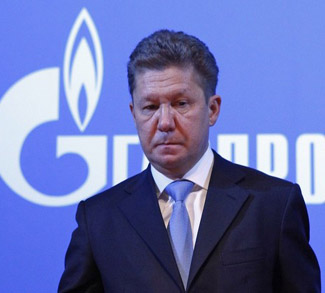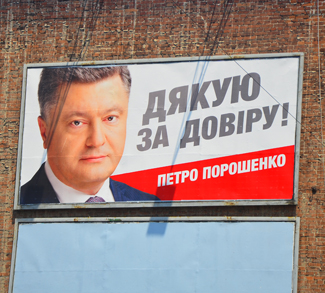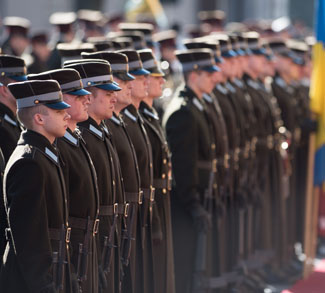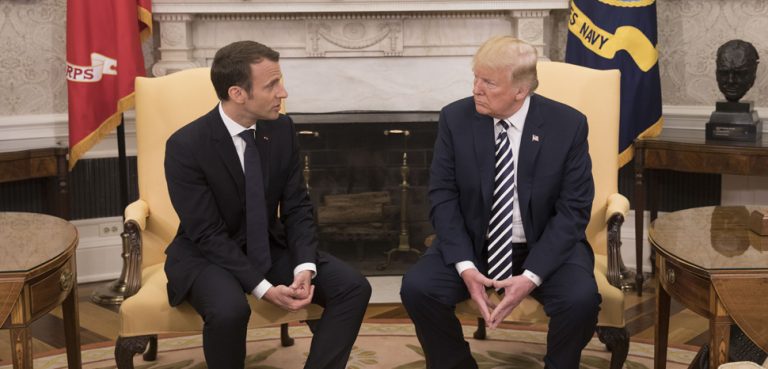With help from the European Commission, Lithuania is casting off its Soviet-era dependence on Moscow and looking towards the EU for its future energy security.
In June 2009, eight of the Baltic Sea Member States came together and signed an agreement calling for a substantive overhaul of the regional energy market. This was the Baltic Energy Market Interconnection Plan (BEMIP), and it envisioned liberalization of internal energy markets, along with a, ‘strengthening of supply by further increasing integration and diversification of sources where required.’ In other words, it sought to eliminate the remaining ‘energy islands’ in Europe by plucking them from Russia’s orbit and welcoming them into the warm embrace of the European energy market.
This agreement marked the beginning of the end of Lithuania’s energy isolation. It presented a laundry list of high priority infrastructure projects, including electricity interconnections, gas pipelines, gas storage facilities, and Liquefied Natural Gas (LNG) terminals. These projects hope to increase access to power generation capabilities, lower energy prices via wider competition, and provide greater incentives for investment in vital infrastructure and renewable energy sources throughout the Baltic region.
Three years and a global recession later, Lithuania is still making good on its BEMIP commitments. Of the many projects that are in various stages of implementation, the Pig’s Back Island LNG terminal stands out as a potential game changer. The importance of LNG in global energy markets is a relatively new phenomenon, having only become economically and technically feasible in the past ten years. As the name suggests, LNG is natural gas in a liquefied and thus shippable form. It is particularly appealing to net energy importers as it allows them to escape the anti-competitive aspects of physical pipelines and purchase natural gas on an open market.
The terminal at Pig’s Back Island is expected to import about 11 million tons of LNG per day once it’s completed in 2014. Such an amount would be more than enough to account for the energy demands of the Lithuanian market (which currently imports the piped equivalent of around 4 million tons of LNG from Gazprom), and the surplus could go far in helping to alleviate the EU’s reliance on Russian gas as a whole.
The construction of a natural gas interconnector between Poland and Lithuania is another BEMIP infrastructure project. It is being spearheaded by Lithuania’s Lietuvos Dujos and Poland’s Gaz-System and it envisions the establishment of a linkage between the gas grids of the two countries by 2018. The resulting pipeline would carry anywhere between 2.3 billion cubic meters to 4.5 bcm from Poland to the Baltic States at an estimated construction cost of around $590 million. Though this project is still in the early planning stages, it is widely accepted that it would benefit from substantial financing and support from the European Union.
Interestingly, Gazprom currently owns a 37 percent stake in Lithuania’s Lietuvos Dujos and it may try to block this and other projects that aim to circumvent Gazprom’s grip on the Baltic market. As a result of this conflict of interest, the Lithuanian government has embarked on an ‘unbundling’ process that seeks to split ownership of the company’s gas sales and transmission operations, essentially elbowing Gazprom out of the equation in regards to pipeline policy. The unbundling process is expected to be completed by 2014, though Gazprom representatives have recently been sending mixed signals as to whether they will be launching a sustained legal challenge.
In another attempt to diversify supply, Lietuvos Dujos has entered into a joint venture with Finnish energy giant Gasum Oy to establish a Natural Gas Exchange in Lithuania. The hope is to duplicate a similar exchange’s success in Finland, where it provides almost 10 percent of all Finnish natural gas purchases.




